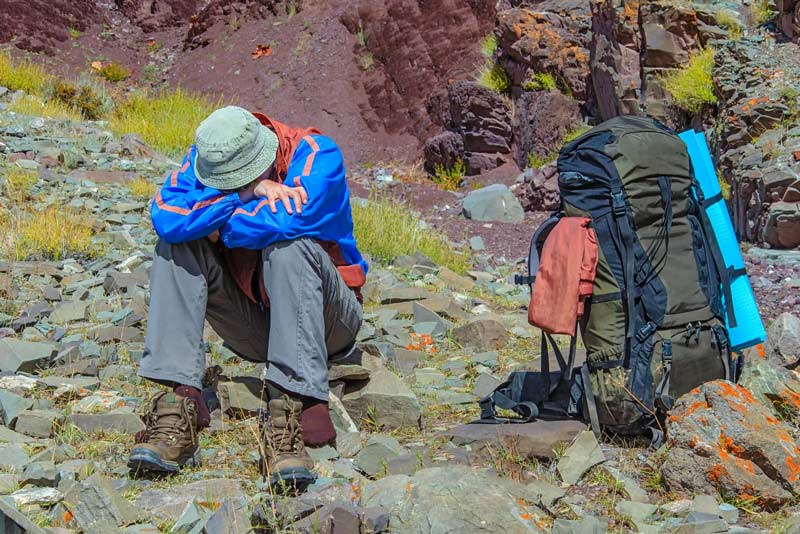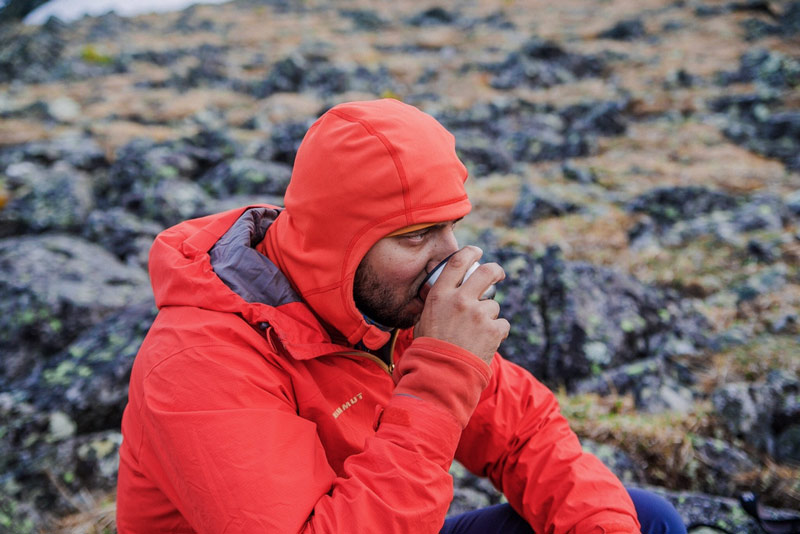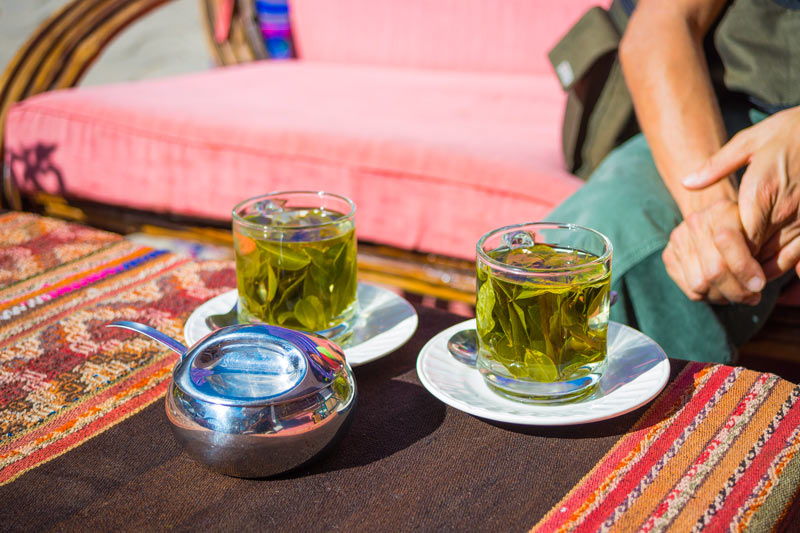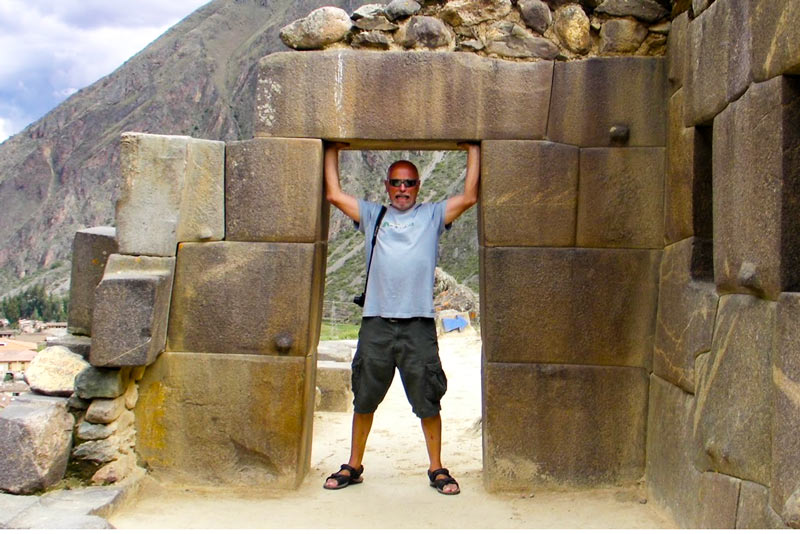Tips for acclimatizing in Cusco and avoiding altitude sickness
A visit to Cusco can be the best experience of your life, but to make it happen, you need to take some precautions. Altitude sickness is often one of the few problems people encounter upon arrival in Cusco, so we’ll give you tips and recommendations to enhance your experience in the city of the Incas.
- What is altitude sickness?
- How to avoid altitude sickness or soroche?
- Natural remedies to avoid altitude sickness or soroche
- Places to acclimatize in Cusco
- Recommendations to enrich your experience in Cusco
- Frequently Asked Questions
Explore the Sacred Valley of the Incas and avoid altitude sickness.
During your first few days in Cusco, one of the most recommended destinations, due to its lower altitude compared to the city of Cusco, is the Sacred Valley of the Incas. Here you’ll find a tranquil atmosphere amidst mountains with abundant flora and breathtaking landscapes. You’ll be able to visit magical towns like Pisac, Ollantaytambo, Urubamba, and Calca, all must-see places on your tour of Cusco. Additionally, within the Sacred Valley, you’ll find Inca cities, a wealth of traditional culture, and activities that will reconnect you with nature, all while you acclimatize for your next adventure in Cusco.
What is altitude sickness?
Altitude sickness is a condition that occurs when the body struggles to adapt to a climate due to a lack of oxygen. The city of Cusco is located at an altitude of 3,399 meters above sea level, which means you should rest during your stay to feel comfortable adapting to the altitude.
The faster we ascend to higher altitudes, the greater the likelihood of suffering from altitude sickness, or “soroche.” The effects we can generally experience are fatigue, headache, shortness of breath, nausea, cough, insomnia, and dizziness. For this reason, it’s very important to approach your trips or experiences very calmly, knowing how to take time to rest, which will be invaluable in enriching your visit to Cusco.
But it’s a condition that can be easily overcome, so you should always take precautions and remedies, which we’ll detail throughout the article.
How to avoid altitude sickness or soroche?
Visiting Cusco and ending up with nausea or a headache isn’t the best start to a good experience. That’s why we’ll share the most effective tips for avoiding altitude sickness and getting your trip off to a great start.
Keep calm
During the first few days, or at least the first day, you should rest and avoid any type of activity that involves physical exertion. Walk slowly around the city, or you can opt for a short stroll through Cusco’s main streets, which are within walking distance. This is a great activity to avoid getting tired and to enjoy the magical city of Cusco.
Stay well hydrated
In Cusco, the altitude and sometimes cold weather can be a challenge. These conditions make dehydration more likely, so you should carry plenty of water with you on each hike. Constant hydration will help you recover quickly; water is key.
Avoid heavy meals
Cusco is not only known for its incredible destinations, but also for its culinary side. Every corner of the city makes you want to taste new flavors, but you should avoid doing so at least for the first day. But not everything is so bad; you can still try a traditional soup or broth, which will help you recover by sampling some of the delights that await you during the following days of your trip.
Avoid alcoholic beverages
Going out to party on your first day in Cusco is not recommended, and even less so drinking alcohol. Alcohol tends to intensify the effects of altitude sickness, so it should be avoided during the first few days of your stay. Once you’ve adjusted, a few days later, you can enjoy the partying and alcohol with the unique flavors of Cusco.
Sleep well
The first night in Cusco is key to enjoying your experience to the fullest. Getting plenty of sleep early and for several hours is crucial to making the most of your next few days exploring Cusco. So, plan your schedule well and dedicate the first night to a restful sleep, which helps your body oxygenate better and adapt more quickly.
Natural remedies to avoid altitude sickness or soroche
Cusco’s tradition and culture offer a variety of remedies and cures for altitude sickness. Recipes that are almost thousands of years old will help you enjoy your trip without any complications.
| Natural remedies to avoid altitude sickness | Method of use | Frequency of use |
|---|---|---|
| Coca Mate | Coca tea is almost obligatory on your visit to Cusco. Prepared by steeping dried coca leaves in very hot water, this beverage will improve your body’s oxygenation. | Drink coca tea once in the morning and once at night; sometimes too much can cause discomfort. |
| Muña Mate | Muña is an herb with digestive and anti-inflammatory properties, making it invaluable for preventing altitude sickness. Its preparation is similar to coca tea: you steep dried muña leaves and drink it hot. | Drink muña mate in the morning and before doing any physical activity to improve your performance. |
| Massages with Andean herbs | Although not directly related to altitude sickness, some relaxing massages with herbs and plants help you relax, releasing tension and giving you more energy. | Enjoying a relaxing massage on the first day of your visit to Cusco could be one of the best remedies there is. |
| Oils and ointments | Throughout Cusco’s markets and shopping centers, you’ll find oils or ointments made with muña, eucalyptus, or mint. Applying these oils to your body will help improve your breathing and relieve any congestion. | Using it before heading out to visit Cusco’s destinations and before going to sleep is the best way to prevent possible congestion caused by altitude sickness. |
Places to acclimatize in Cusco
Within Cusco, for your first few days of your trip, you can visit lower-altitude sites, which are ideal for better acclimatization and avoiding altitude sickness. From valleys to magical towns, these visits will greatly enrich your travel experience in Cusco.
Pisac
The town of Pisac in the Sacred Valley of the Incas is an ideal stop for acclimatization. Within Pisac, we can not only enjoy its magnificent archaeological complex, but also find a place filled with a relaxing atmosphere. Being surrounded by mountains, abundant nature, and beautiful streets makes you feel better , providing you with peace of mind while you acclimatize to an altitude higher than that of Cusco. Pisac is 2,980 meters above sea level.
Urubamba
The capital of the Sacred Valley is Urubamba, a place with one of the best climates in Cusco. Urubamba is located at an altitude of 2,871 meters above sea level, with a warm temperature, making it perfect for spending your first few days. Within this magical town, you’ll find many peaceful places, surrounded by nature and beautiful valleys, making it ideal for spending your first night acclimatizing.
Trace
The town of Calca is another of the best options within Cusco to avoid altitude sickness. Located at an altitude of 2,929 meters above sea level, Calca offers a wide variety of picnic options. Surrounded by farmland and a diverse array of flora, it’s perfect for finding tranquil spaces, which is very important during your first days in Cusco to avoid altitude sickness.
Ollantaytambo
If you’re looking for an option full of surprises from the very first step, Ollantaytambo is the ideal choice. The town of Ollantaytambo is one of the smallest in Cusco, which allows you to explore it on easy walks amidst Inca streets, which lends its beauty. Ollantaytambo is located at an altitude of 2,850 meters above sea level, making it a perfect location to spend your first few days. Within the town, you’ll find the magnificent Inca fortress of the same name. Most importantly, it’s the gateway to Machu Picchu.
Recommendations to enrich your experience in Cusco
- Acclimatizing during your first few days in Cusco is key to making your travel experience the best you’ll ever have.
- The Sacred Valley of the Incas is the best place to spend your first few days in Cusco, acclimatizing and enjoying your next adventures to the fullest.
- Take the opportunity to spend your days in the Valley resting and reflecting amidst landscapes full of biodiversity and beauty.
- Remember to stop along your journey to fully appreciate every angle of the buildings and nature you see to feel more present in your journey.
- Remember to stay hydrated at all times. Carrying a water bottle on your trips will help you avoid altitude sickness and enjoy your experience without worries.
- The historic sanctuary of Machu Picchu is located 2,430 meters above sea level, which may make it seem like a peaceful destination, but visiting it means you’ll be walking quite a bit, so it’s important to acclimatize beforehand to enhance your experience.
- One of the highest destinations in Cusco is the impressive Rainbow Mountain, which sits approximately 5,200 meters above sea level. Due to its altitude, it’s recommended to take this trip during the final days of your trip to Cusco, when your body is better adapted to the altitude.
- If you’re planning to explore Machu Picchu via the Inca Trail, we recommend prior acclimatization and good physical condition, as the trek will climb to an altitude of 4,200 meters above sea level. The Inca Trail can be one of the highlights of your trip to Cusco, so prior preparation is essential.
Frequently Asked Questions
1) What is altitude sickness?
Altitude sickness is a condition that occurs when the body has difficulty adapting to high altitudes due to a lack of oxygen. In Cusco, located at 3,399 meters above sea level, it can occur during your visit, so you should take precautions.
2) Why does altitude sickness occur?
This occurs because the body changes altitude rapidly, giving it little time to adapt. The faster you climb and the higher the altitude, the greater the risk of experiencing these symptoms.
3) How to avoid altitude sickness or soroche?
You should take it easy during the first few days of your visit to high-altitude locations, resting on the first day and avoiding strenuous physical activity. As a remedy, you can walk slowly so your body can gradually adapt, stay well, and get plenty of sleep to help you adapt.
4) How much water should I drink to avoid dehydration?
Hydration is key, as altitude can quickly dehydrate you. Drink water regularly throughout the day; we recommend always keeping a bottle handy.
5) Can I consume alcohol during the first few days in Cusco?
It’s not recommended; alcohol intensifies the effects of altitude sickness, so it’s best to avoid it for the first few days until your body has properly adapted.
6) What natural remedies can I use against soroche or altitude sickness?
Andean tradition in Cusco offers several alternatives, such as drinking a coca and muña infusion or mate. You can also use oils or ointments made with muña, eucalyptus, and mint.
7) What are the best places to acclimatize in Cusco?
To acclimatize and avoid altitude sickness, it is advisable to spend the first few days in lower altitude locations such as:
- Pisac: Located 2,980 meters above sea level, it offers a relaxing atmosphere in a natural setting.
- Urubamba: At 2,871 meters above sea level, its warm climate and tranquil atmosphere make it ideal for relaxation.
- Calca: Located at 2,929 meters above sea level, it is perfect for enjoying picnics.
- Ollantaytambo: At 2,850 meters above sea level, it allows you to explore the town on gentle walks.
8) Is it important to rest the first night in Cusco?
Yes, getting a good night’s sleep the first night is crucial for your body to adapt to the altitude. A good night’s sleep will help you oxygenate your body, preparing you to enjoy your trip without worries.
9) Can I do intense activities in the first few days?
Ideally, start with gentle activities, such as strolls through downtown Cusco. Avoid hiking and strenuous physical activity until your body has better adapted to the altitude.
10) How high is Machu Picchu?
The Inca citadel of Machu Picchu is located 2,430 meters above sea level. Despite its low altitude compared to Cusco, a visit involves a hike that can be exhausting, so it’s important to acclimatize beforehand.
Advice from people who have been there
 By: Nicolas J.
By: Nicolas J.“Aclimatação no vale“
“Passei meus primeiros dias em Cusco visitando o Vale Sagrado, que é um lugar muito bonito para se visitar e, antes que eu percebesse, já havia me aclimatado. É um destino ideal antes de fazer um esforço maior em suas viagens por Cusco.“
By Ticket Machu Picchu – Last updated, April 9, 2025



